When the temperature drops, we bundle up without considering the part of our body that takes a beating in the colder months—our feet. Dry, cracked feet aren’t just unsightly and uncomfortable; they can become painful if you don’t take care of them properly. Here’s how to keep your feet soft, smooth, and crack-free all season long.
1. There’s Less Moisture in the Air

Colder weather means less humidity, and dry air zaps moisture from your skin. Since your feet don’t have oil glands to compensate, they’re extra prone to dryness. Use a rich, oil-based moisturizer daily, especially after a shower. Make it a bedtime ritual—slather on the cream, pop on some socks, and let the moisture soak in overnight.
2. Heating Dries Feet Out Fast
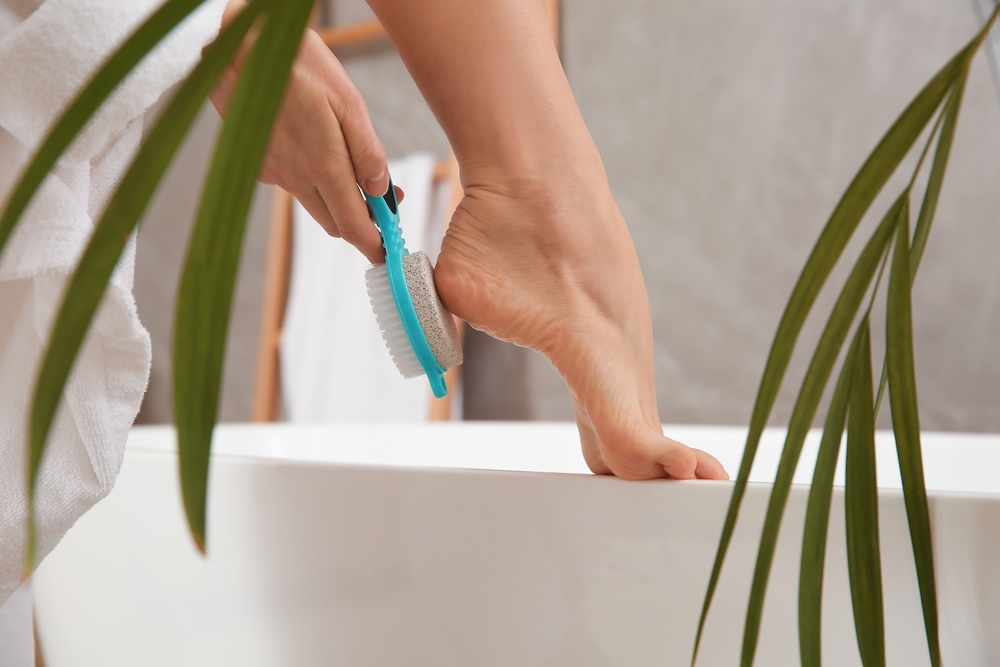
We love our central heating when it’s freezing outside, but indoor heat can be brutal on your skin. It sucks out moisture, leaving your feet dry and flaky. Invest in a humidifier to add moisture back into the air. Keep it running in the room where you spend the most time, and you’ll notice not just your feet, but your skin overall, will feel much less dry.
3. Long Steamy Showers Wreak Havoc
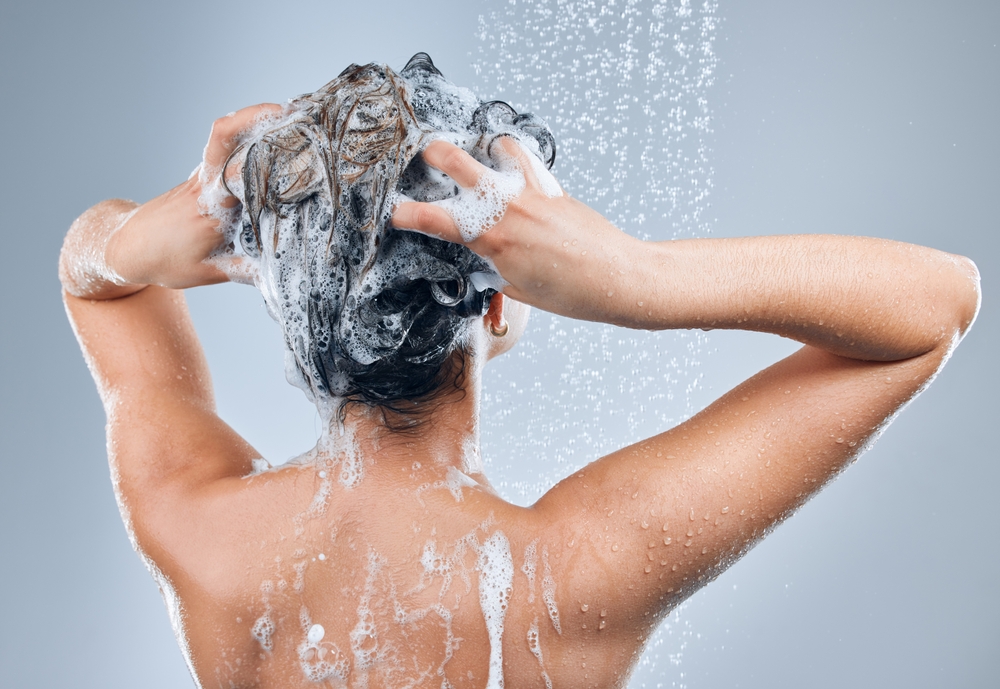
Who doesn’t love a long, hot shower when it’s cold? But those steamy showers strip your skin of its natural oils, essential for keeping your feet hydrated. Opt for shorter, lukewarm showers instead. As soon as you step out, while your skin is still damp, lock in the moisture with a hydrating foot cream. This will keep your feet from drying out and help them retain moisture longer.
4. Wearing Boots Restricts Breathing
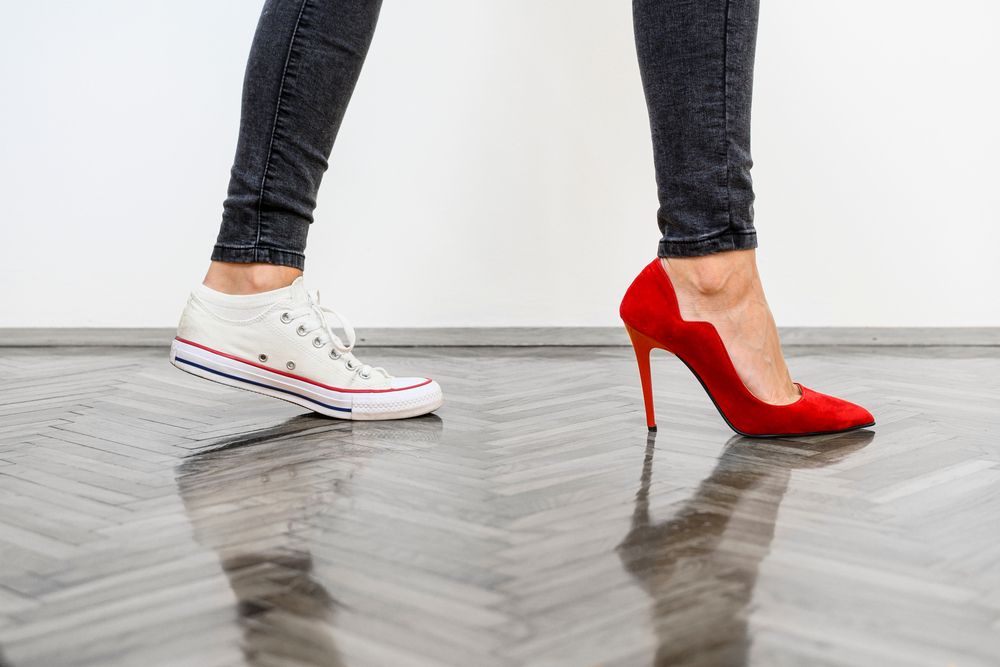
We all live in boots and sneakers during winter, but constantly covering our feet can trap moisture, which leads to sweaty feet that dry out and crack once exposed to air again. Give your feet some air time when you can. Try moisture-wicking socks from materials like merino wool to keep your feet dry. At home, go barefoot or wear breathable slippers to let them breathe.
5. Thick Socks Cause Sweating

Thick, cozy socks are a winter essential, but wearing them all day can cause your feet to sweat, leading to—you guessed it—dry, cracked skin. Switch to socks made from breathable fabrics, and change them if they get damp. And don’t forget to let your feet breathe for a few hours every day—your skin will thank you.
6. Hydration Takes a Hit
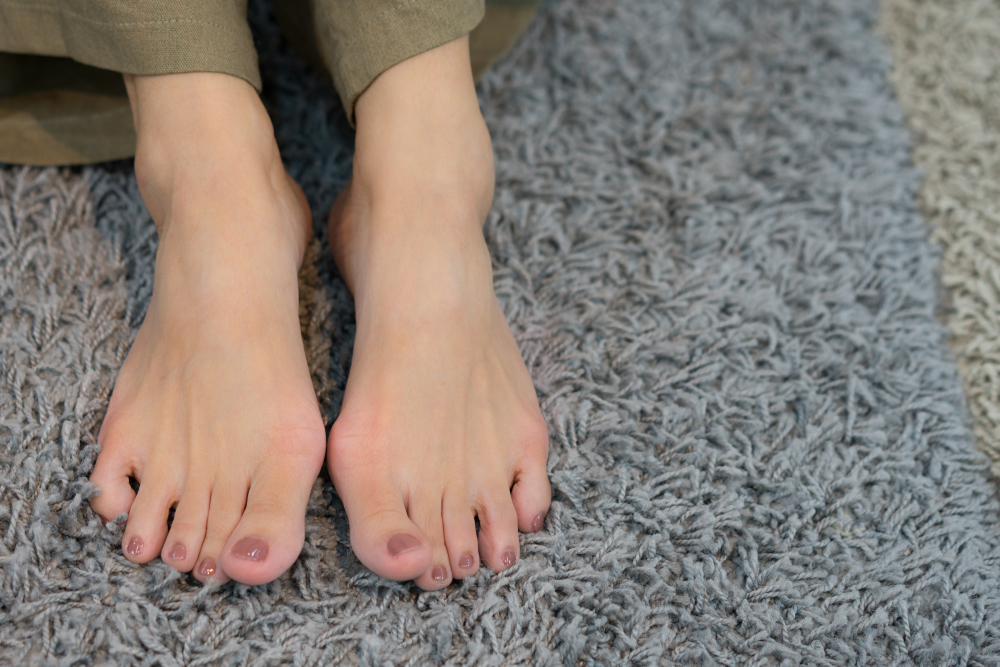
It’s easy to forget to hydrate when it’s cold out, but dehydration shows up on your skin, especially on your hands and feet. Keep a water bottle handy, and ensure you drink throughout the day. If cold water doesn’t appeal, try sipping on herbal teas or warm lemon water to stay hydrated and help your skin stay supple.
7. Not Exfoliating Right
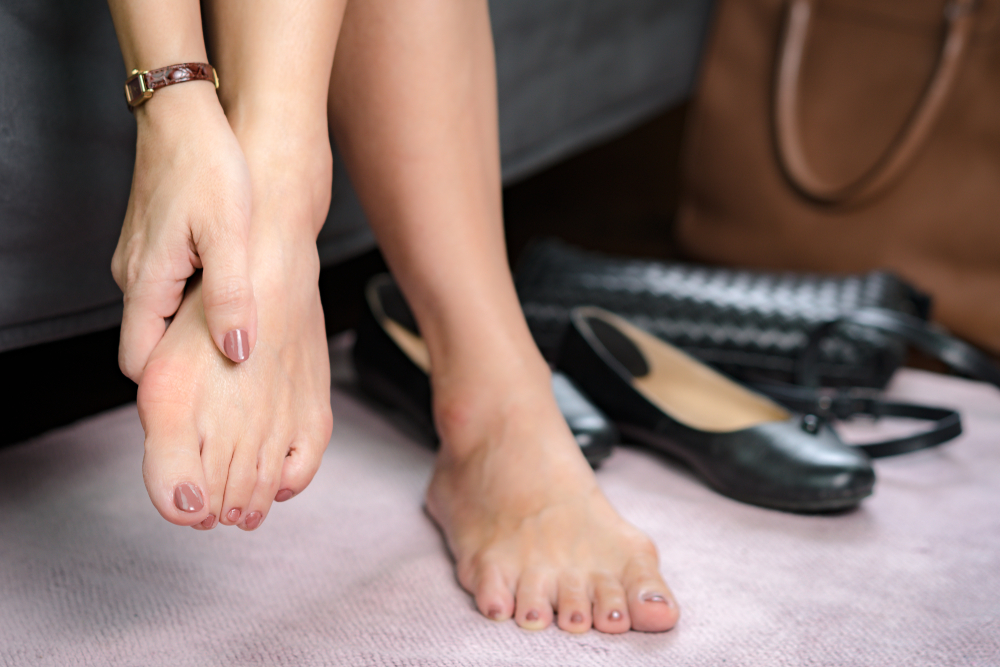
Rough, dry feet might make you want to scrub away with a pumice stone, but too much exfoliation can damage your skin and worsen dryness. Be gentle with exfoliation—once or twice a week is enough. Use a mild foot scrub or pumice stone, and always follow up with a rich moisturizer to soothe and rehydrate the skin.
8. Using the Wrong Foot Cream
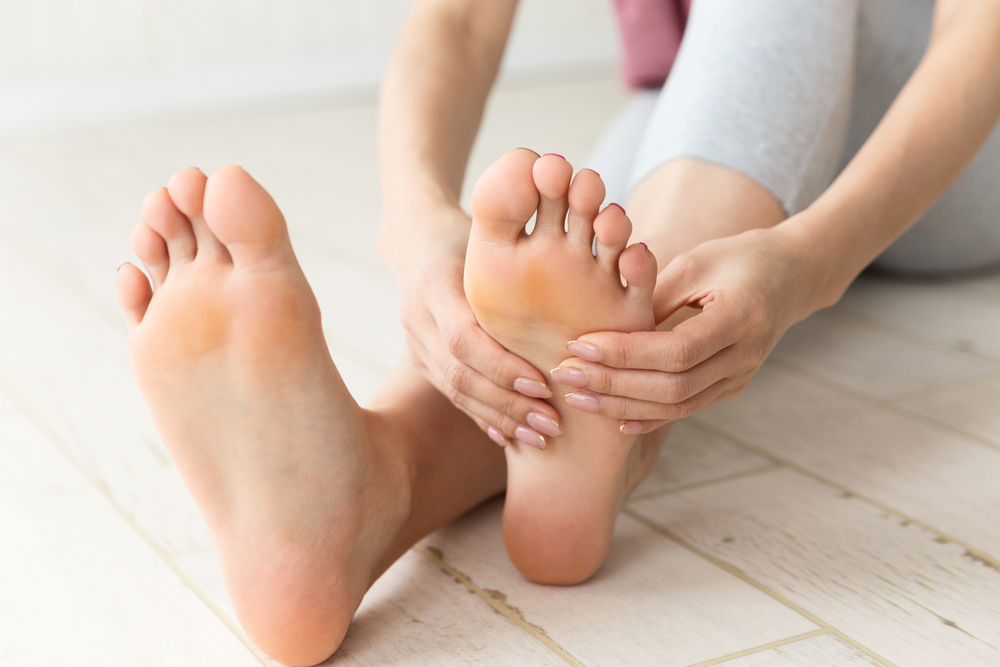
Not all moisturizers are made for your feet. If your current cream isn’t cutting it, it might be time to switch to one specifically designed for intense hydration. Look for foot creams that are packed with hydrating ingredients like shea butter, glycerin, or urea. These will penetrate deeper to repair cracked skin and keep your feet soft.
9. Skin Conditions Flare Up
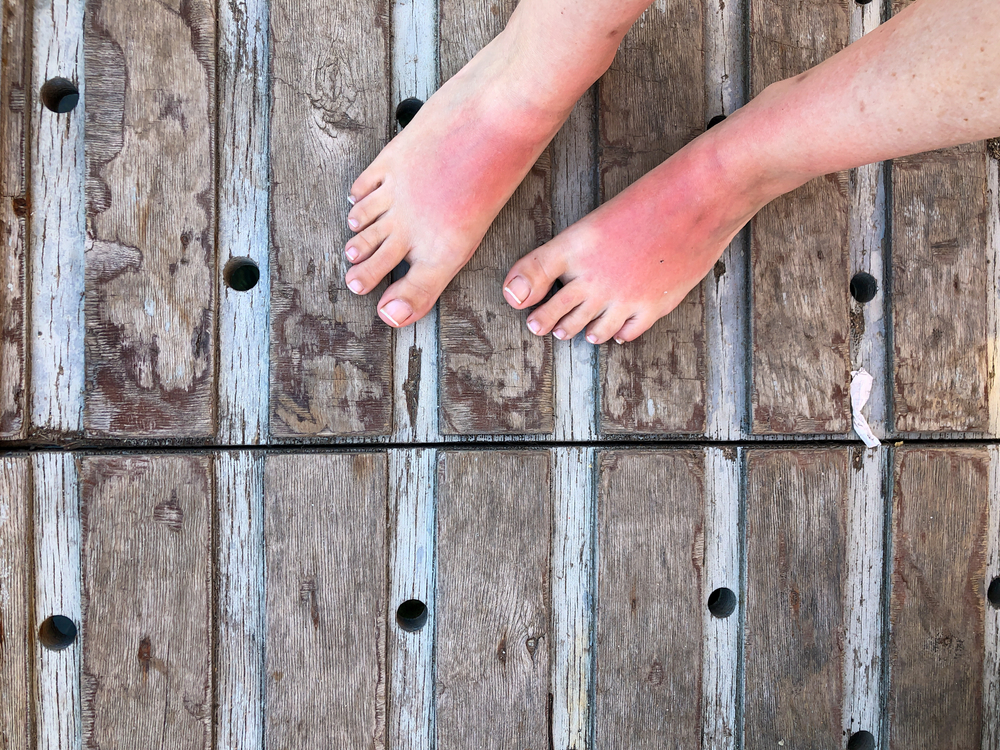
Winter can be especially tough if you have conditions like eczema or psoriasis. Cold, dry weather can trigger flare-ups, making your feet even more prone to cracking. Use medicated creams as your doctor prescribes, and be diligent with your moisturizing routine. Avoid harsh soaps and hot water, which can aggravate these conditions.
10. Our Feet Age Too
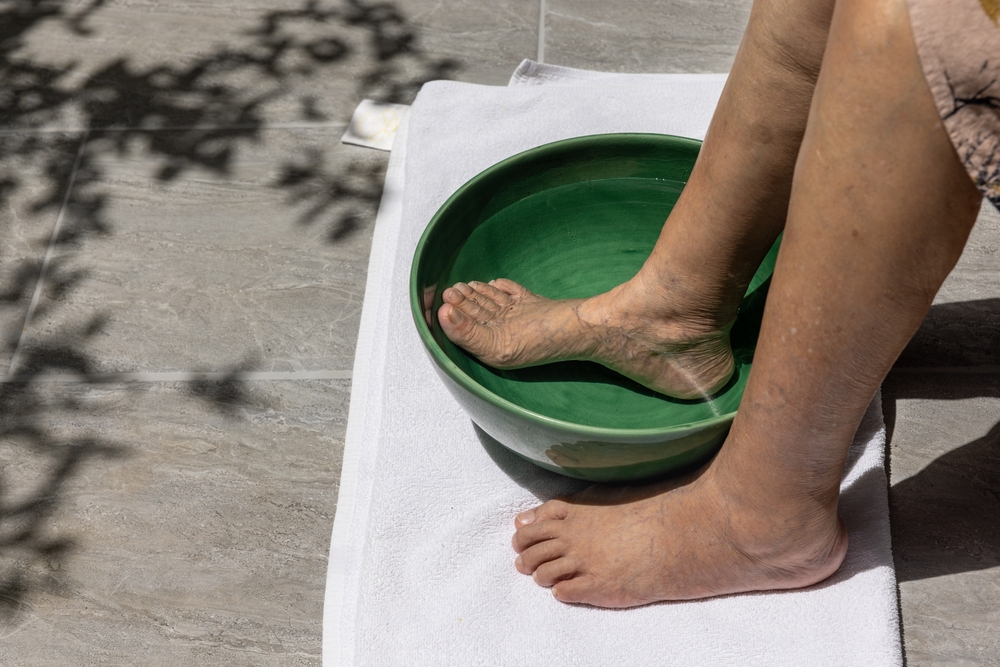
As we get older, our skin naturally produces less oil and becomes thinner, making it more vulnerable to dryness—especially on your feet. Step up your moisturizing game as you age. Regularly apply a hydrating foot cream and avoid over-exfoliating to protect your skin’s natural barrier.
11. Neglecting Your Foot Care Game
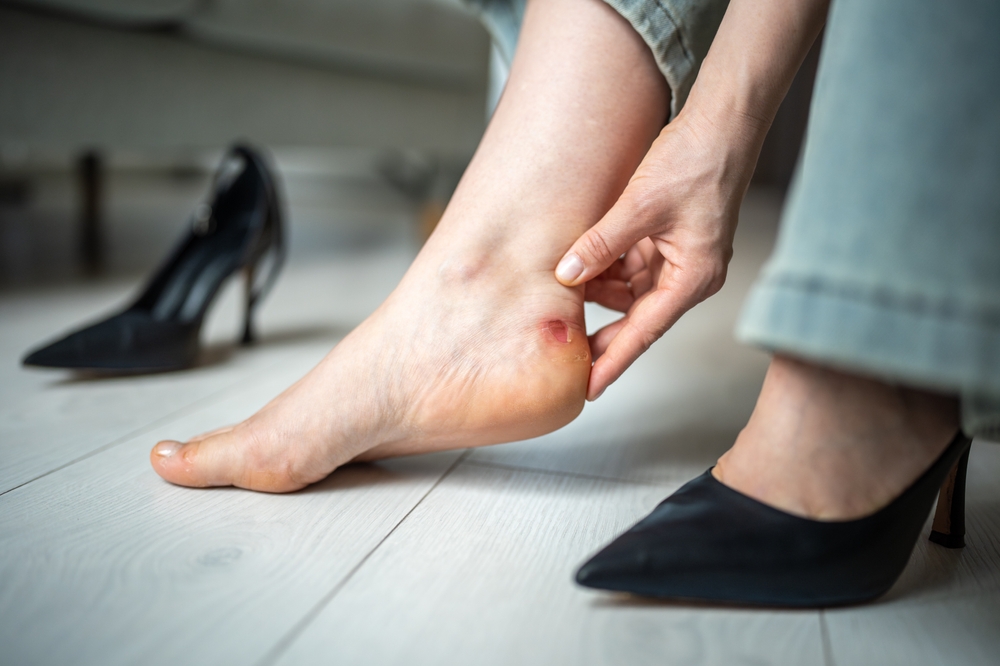
It’s easy to forget about your feet when hidden in socks and boots all winter. But neglecting foot care leads to dry, cracked heels. Treat your feet like the rest of your body. Regular moisturizing and occasional exfoliation will keep them in top condition, even when bundled up all day.
12. Circulation Tends to Suffer
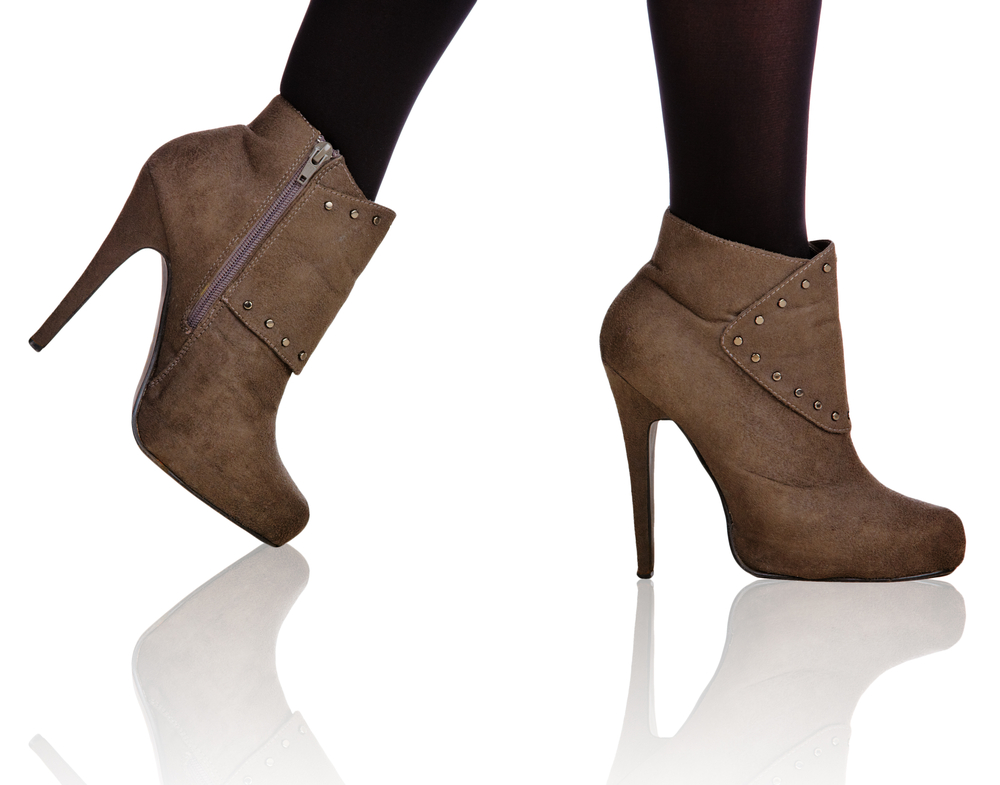
Cold weather can slow circulation, especially to your extremities. This reduced blood flow makes it harder for your skin to retain moisture, which is why your feet are left feeling dry and cracked. Keep your feet warm, but don’t wear too tight socks, which can worsen circulation. Staying active will also help promote healthy blood flow to your feet.
13. Walking Barefoot on Cold Floors
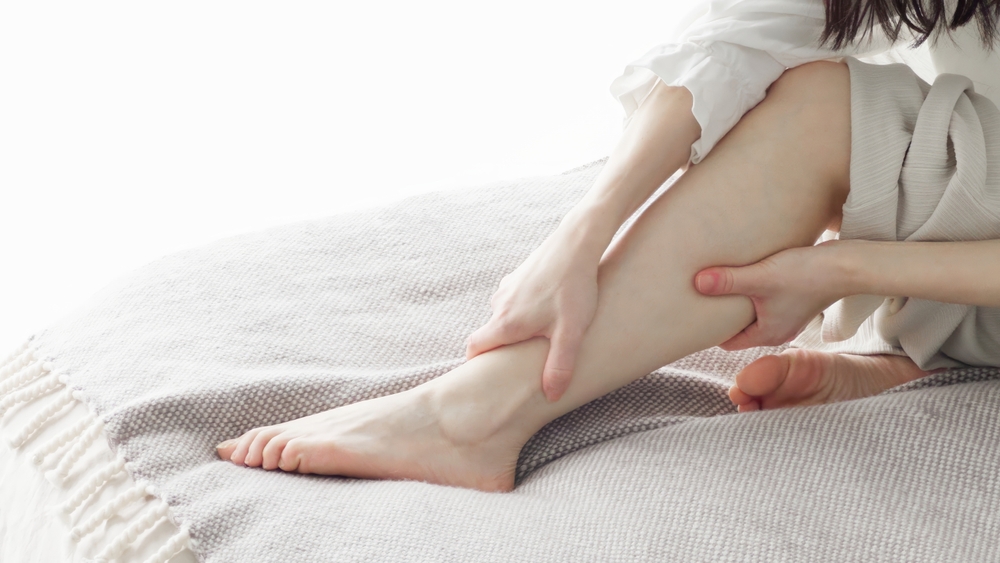
Walking on cold tile or wood floors can draw moisture out of your skin, leaving your feet feeling extra dry and uncomfortable. Wear slippers or thick socks when walking around the house. Look for ones with moisture-wicking properties to keep your feet warm without causing sweat to build up.
14. Ignoring All Weather Footwear
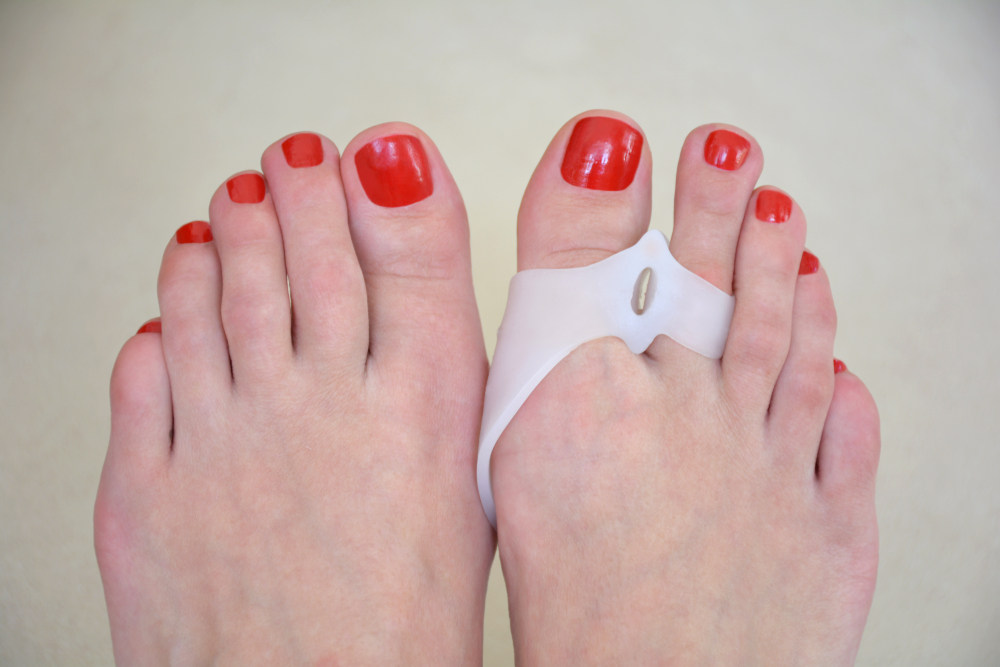
The cold, wind, and wetness from snow or rain can wreak havoc on your feet if your shoes aren’t up to the challenge. Poor footwear exposes your skin to the elements, leading to severe dryness. Invest in high-quality, waterproof footwear for winter. Make sure your boots are insulated to protect your feet from the elements. Always dry your feet thoroughly after being outside, and don’t forget to apply a moisturizer immediately.
15. Not Paying Attention to the Signs

Cracked skin doesn’t just appear overnight—there are always warning signs. Ignoring dryness when it first starts can lead to deeper, more painful cracks that are harder to treat. Don’t wait for the problem to get worse. When you notice dryness, moisturize daily and pay extra attention to your feet. Preventing cracks is always easier—and less painful—than trying to fix them later.




